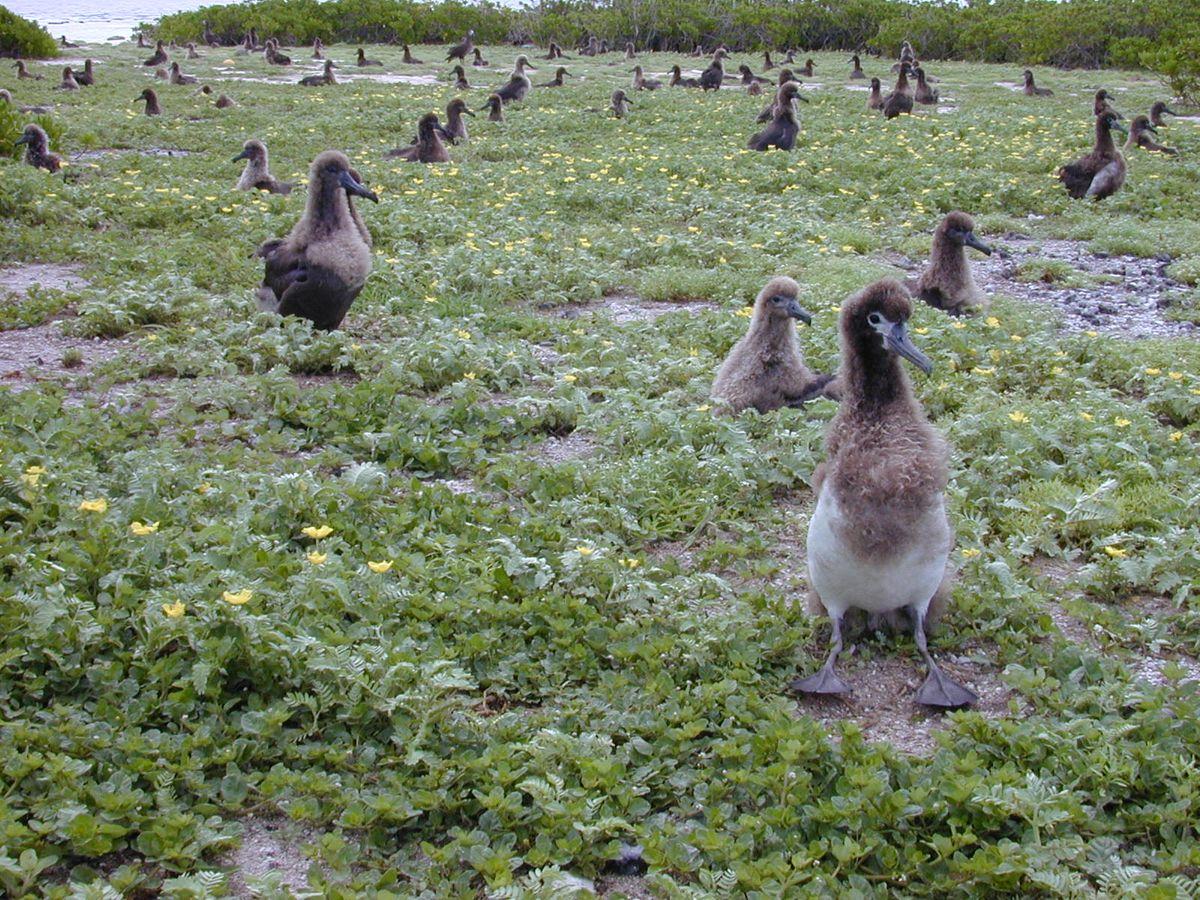Wondermondo 🢖 Categories of wonders 🢖 Biological wonders 🢖 Biological extremes
Category
Biological extremes
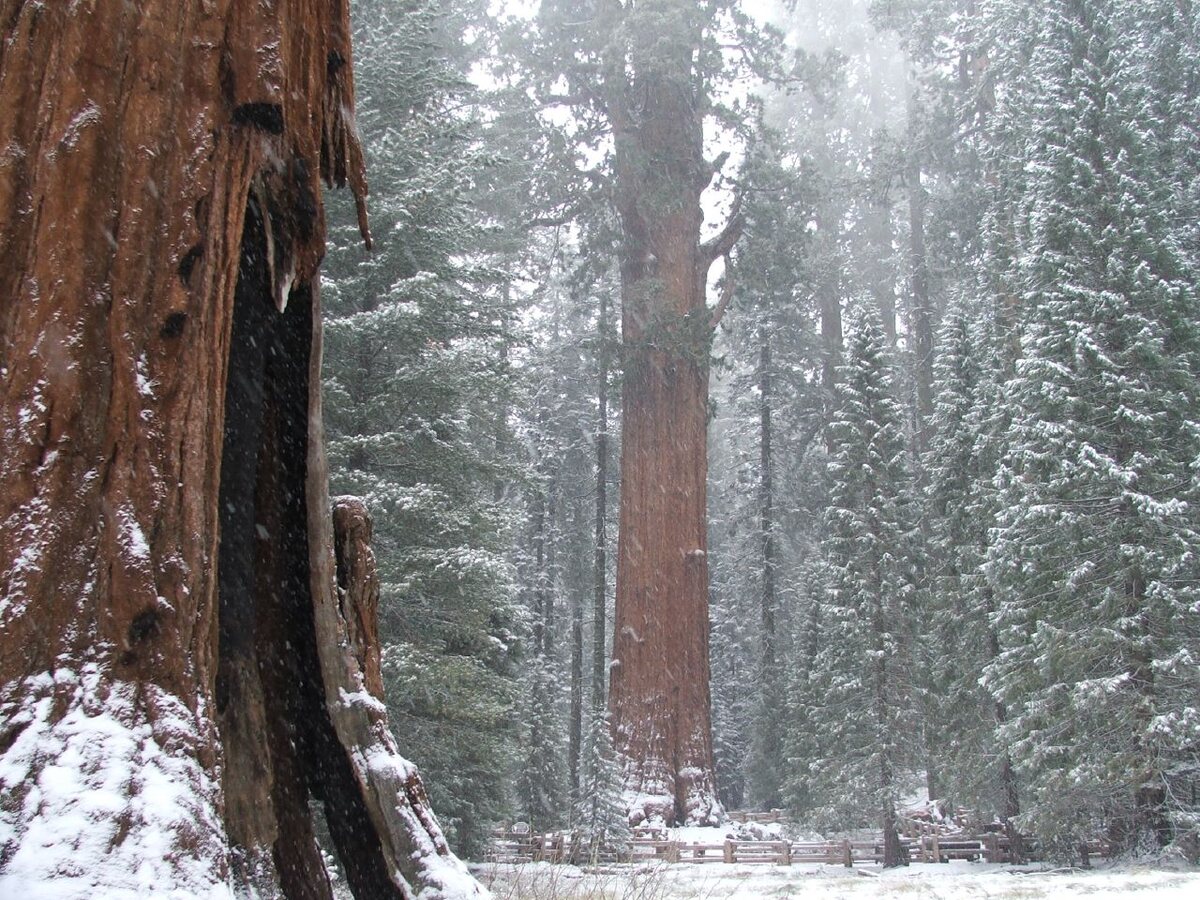
 Described biological extremes
Described biological extremes
If you see this after your page is loaded completely, leafletJS files are missing.
 What is included in this category?
What is included in this category?
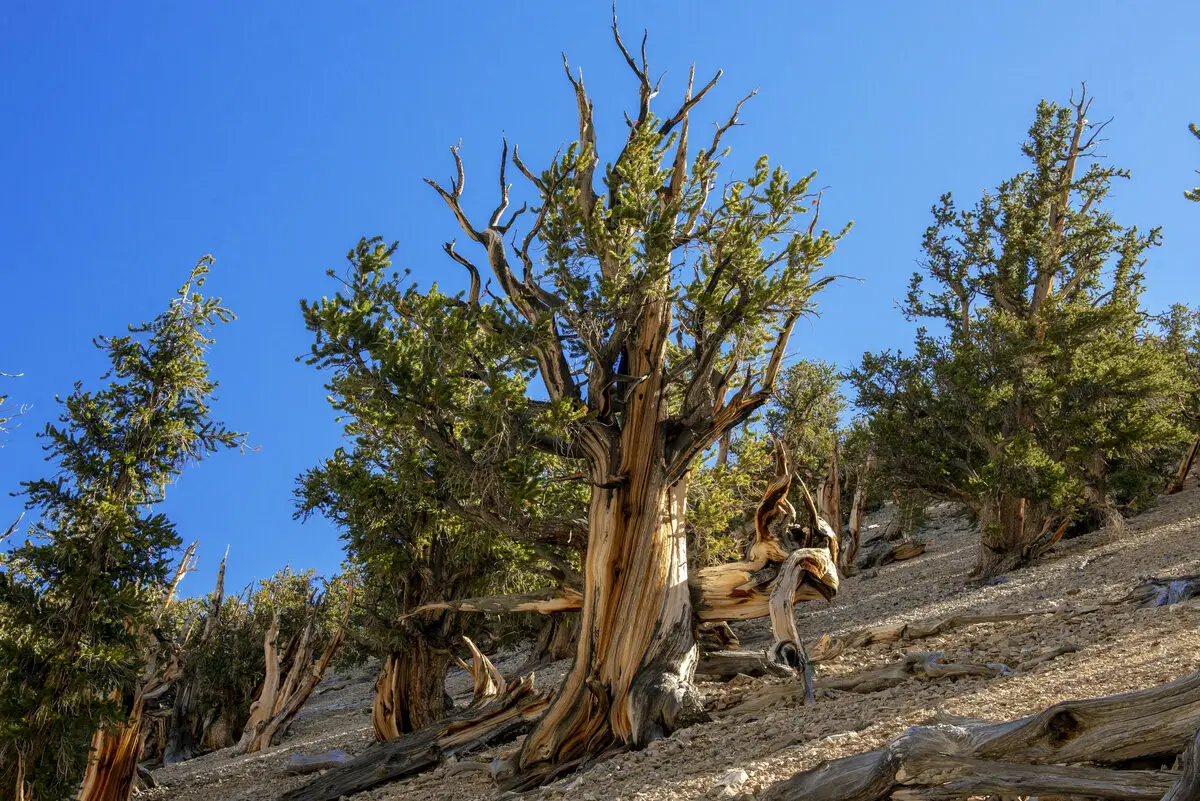
There are thousands upon thousands of wonders of living nature in the world – unique ecosystems, giant trees, and amazingly preserved fossils of fantastic creatures of Earth’s past.
Bot some biological wonders are the champions – largest, tallest, oldest. This category lists them.
 Top 25 biological extremes
Top 25 biological extremes
Asia
Ary-Mas
Russia, Krasnoyarsk Krai
The northernmost forest in the world. It consists of low stands of Dahurian larch (Larix gmelinii).
Balete tree in Maria Aurora (Millenium Tree)
Philippines, Aurora
Possible world’s stoutest tree – a balete (Ficus balete). The girth of the trunk might exceed 30 m – it is told that 60 adult men are needed to get their arms around the tree, although it is hard to measure the tree due to countless roots around it.
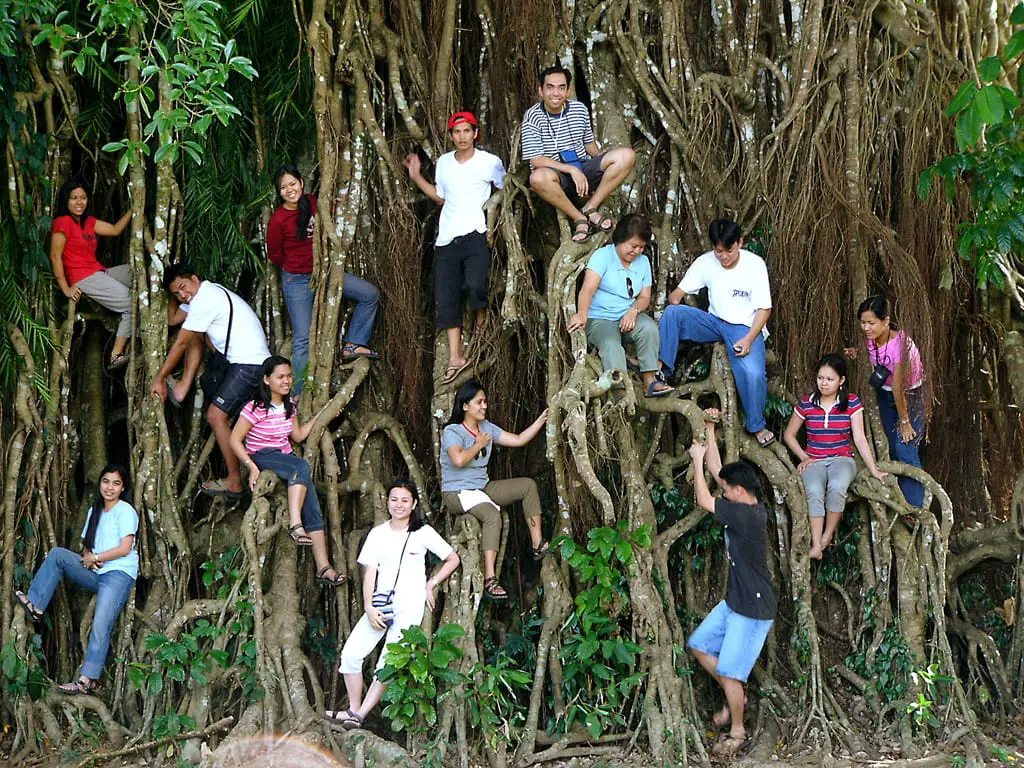
Lukunsky grove
Russia, Krasnoyarsk Krai
The northernmost grove (e.g. a part of the forest) of trees in the world – a bit further than Ary-Mas. It consists of low stands of Dahurian larch (Larix gmelinii).
Menara – the world’s tallest tropical tree, Danum Valley
Malaysia, Sabah
The tallest known tree in the tropics and the tallest flowering plant in the world, a 100.8 m tall Shorea faguetiana.
Australia and Oceania
Elizabeth Reef
Coral Sea Islands Territory (Australia)
The southernmost atoll in the world, 8.2 by 5.5 km large, with a well-formed ring of dry land and an inner lagoon.
Flinders Ranges fossil find
Australia, South Australia
Remnants of a small, tadpole-like organism that lived some 560 or even 565 million years ago. This is a find of the first known vertebrate organisms on Earth.
King’s lomatia grove
Australia, Tasmania
The only location where grows King’s lomatia (Lomatia tasmanica) – a large shrub belonging to Proteaceae family. This is a clonal colony that is at least 43 600 years old and might be even 135 000 years old. Thus it is the oldest known plant in the world. Only some 400 – 500 plants remain in a 1.2 km long stretch.
Kure Atoll
United States, Hawaii, Northwestern Hawaiian Islands
The northernmost coral atoll in the world. The only island – Green Island – is a habitat for hundreds of thousands of birds.
Wooramel Seagrass Bank
Australia, Western Australia
The largest seagrass grove in the world. It covers 1,030 square kilometers.
Yea Flora Fossil Site
Australia, Victoria
Site with 415 million years old (Silurian) fossils of ancient vascular land plants Baragwanathia. These are remnants of the oldest vascular plants in the world.
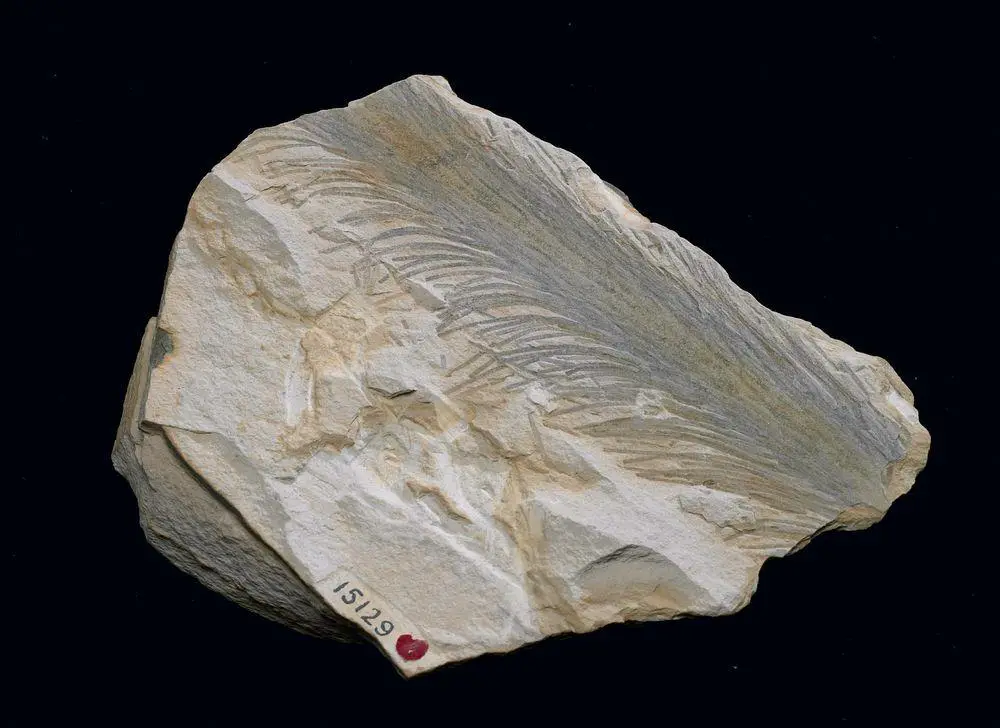
Europe
Gorham’s Cave
Gibraltar
This cave has an 18 m thick layer of sediments that contain very important finds including the latest find of Neanderthals who lived here 60 – 24 thousand years ago. This is the last known settlement of Neanderthals – another human species – in the world.
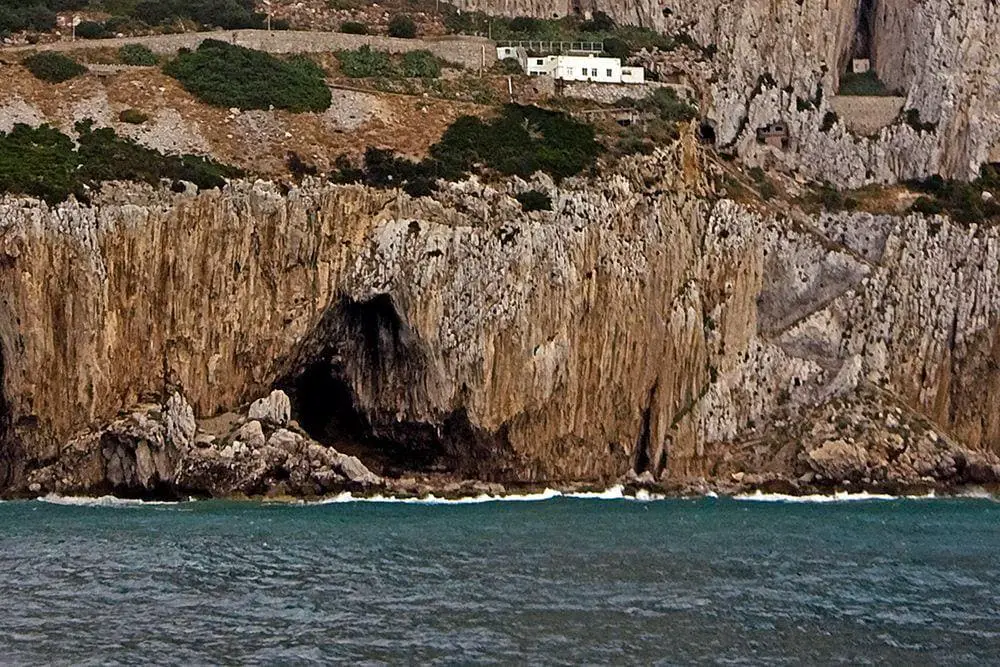
Postojna-Planina Cave System
Slovenia, Inner Carniola
Approximately 25 km long cave system, recognized as the most biodiverse cave system in the world with 117 species of animals – mostly insects.
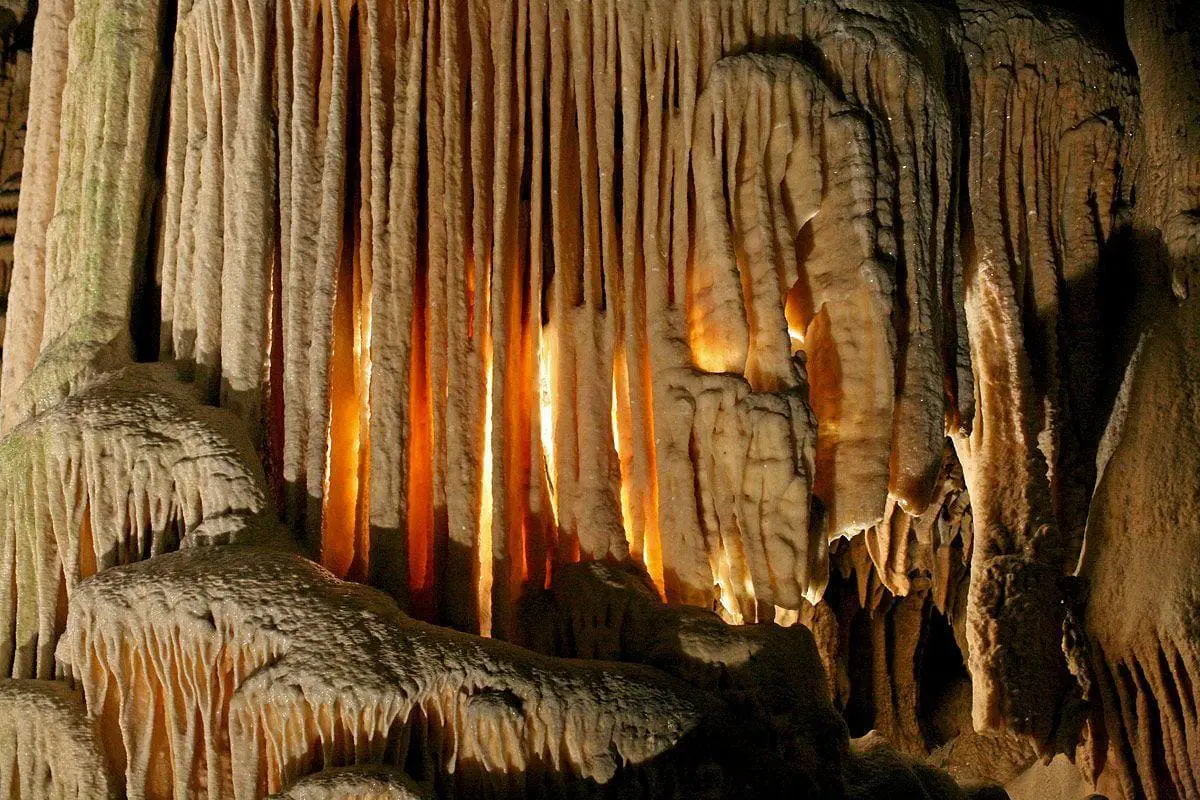
Torridon fossil find
United Kingdom, Scotland, Highland
Remnants of microscopic organism – holozoan Bicellum brasieri that lived approximately 1 billion years ago. These are remnants of the oldest multicellular organism known to us.
North America
Cairo fossil forest
United States, New York
Fossils of the world’s oldest known forest from the middle Devonian (Givetian), some 385 million years old. In the site were found traces of the root system of Archaeopteris trees.
Árbol del Tule
Mexico, Oaxaca
One of the stoutest trees on Earth, the Montezuma cypress (Taxodium mucronatum). Girth 36.2 m, diameter 11.62 m, height 35.4 m.
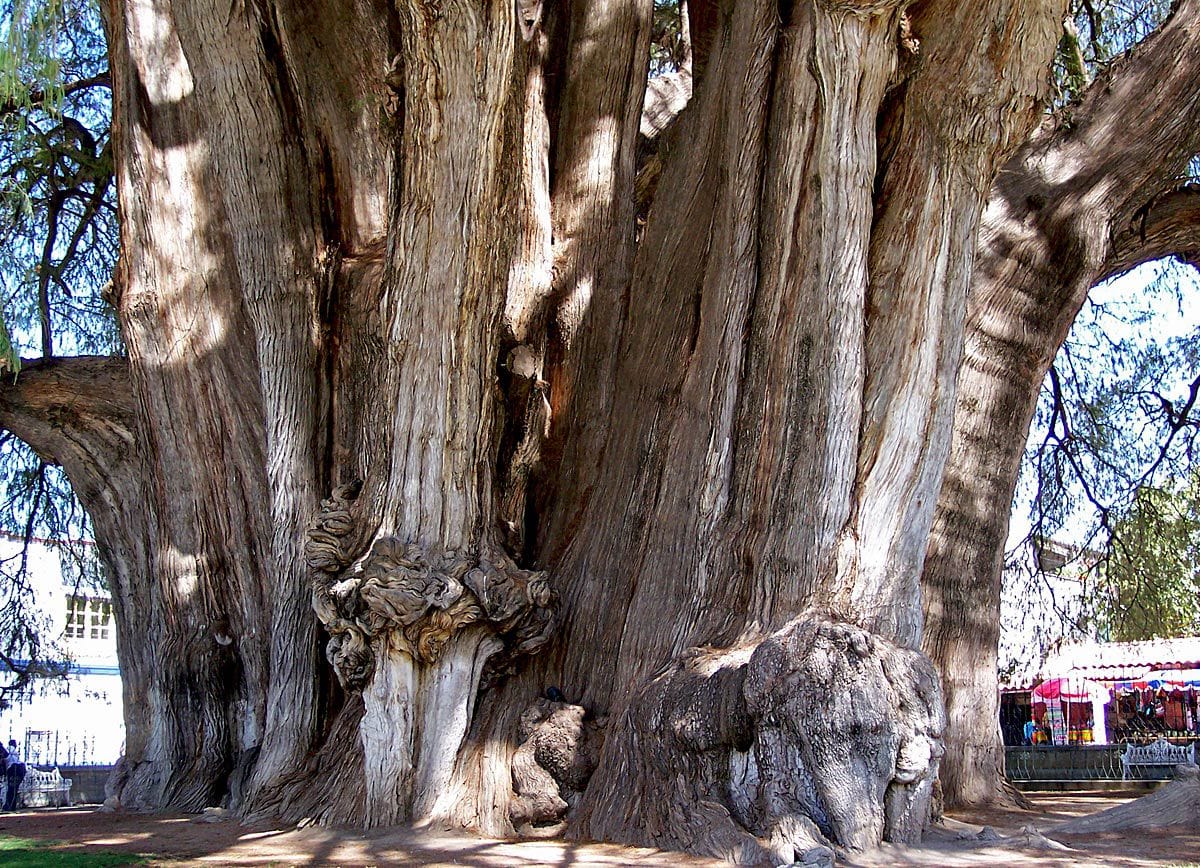
El Patriarca
Cuba, Matanzas
One of the largest and, most likely, the oldest cacti in the world. This Dendrocereus nudiflorus might be more than 500 years old.
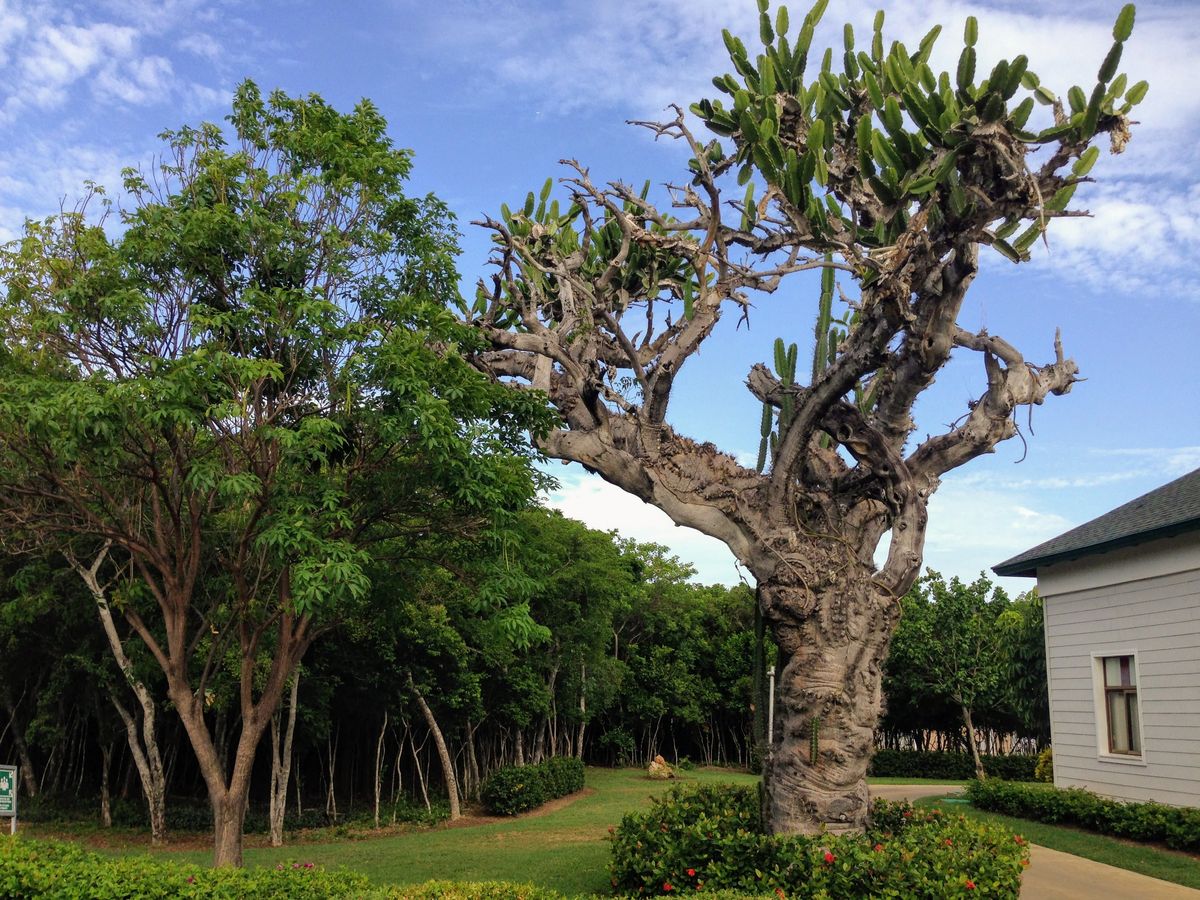
General Sherman tree
United States, California
Giant sequoia (Sequoiadendron giganteum), the largest tree in the world by volume. Volume 1,487 m3. Height 83.8 m, girth at the breast height 25.9 m. Believed to be 2,300 – 2,700 years old.
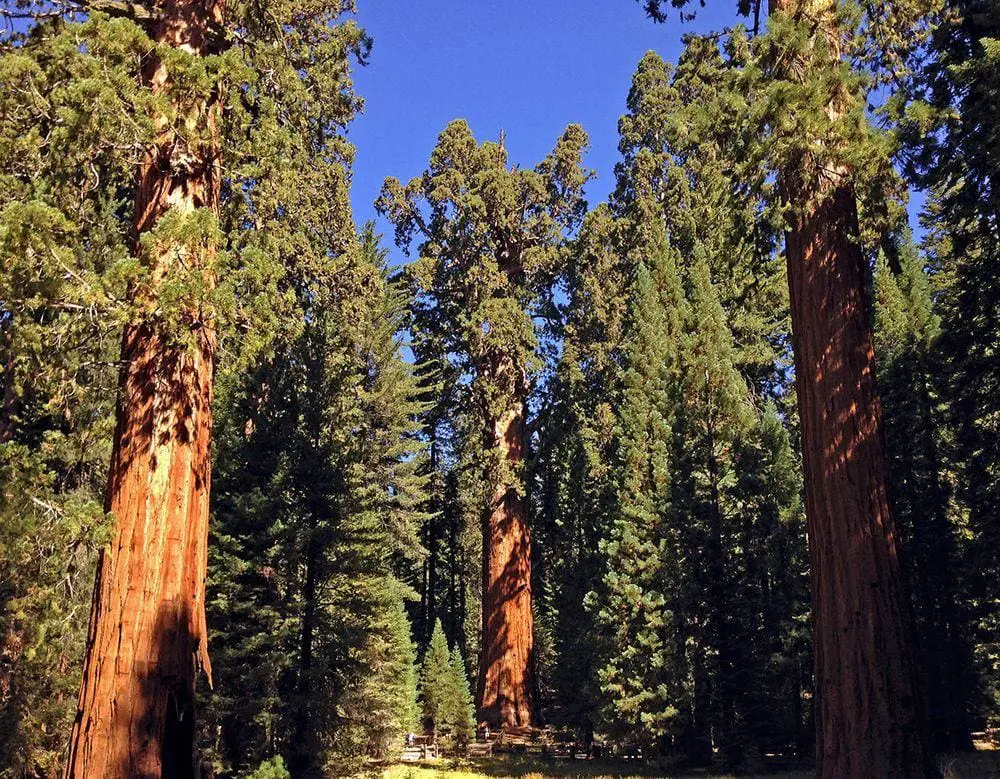
Graphite of Saglek Block
Canada, Newfoundland and Labrador
Graphite that shows possible traces of microorganisms that may be lived 3.95 billion years ago. These are the oldest known traces of life on Earth.
Humongous Fungus in the Malheur National Forest
United States, Oregon
The largest single organism on Earth – a giant Armillaria ostoyae fungus, some 8650 years old and covering 965 hectares.
Hyperion tree
United States, California
The tallest announced tree in the world (there are known taller ones), coast redwood (Sequoia sempervirens). 115.85 m tall, diameter 4.84 m.
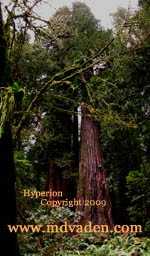
South America
Chihuidos titanosaur find
Argentina, Neuquén
Remnants of the largest creature ever – a titanosaur that lived some 95 million years ago.
Nevado Sajama queñua forests
Bolivia, Oruro
Stands of queñua (Polylepis tomentella) trees growing up to 5,000 m altitude. This might be the record altitude for trees.
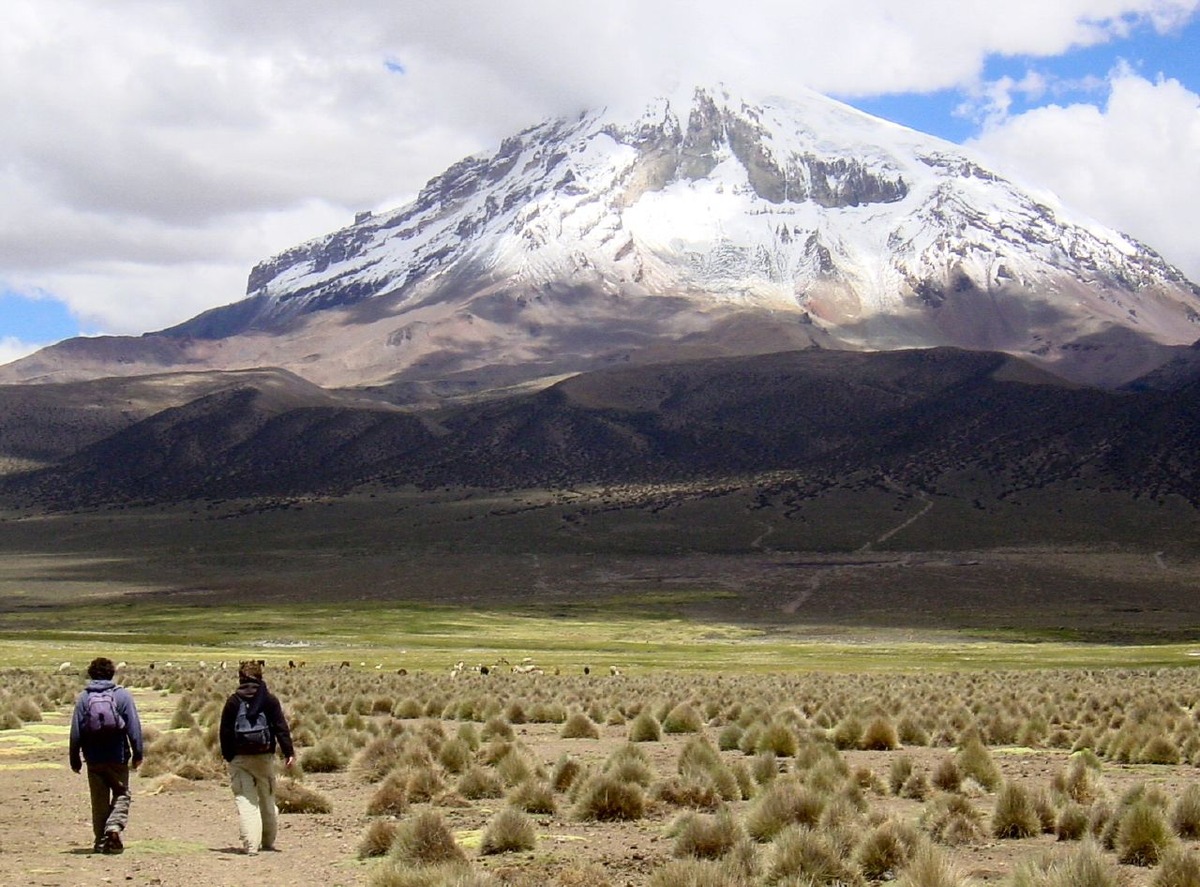
The southernmost forest at Cape Horn
Chile, Magallanes and Antártica Chilena
World’s southernmost forest – a group of low, windswept trees: Nothofagus Antarctica, Nothofagus betuloides and Drimys winter.
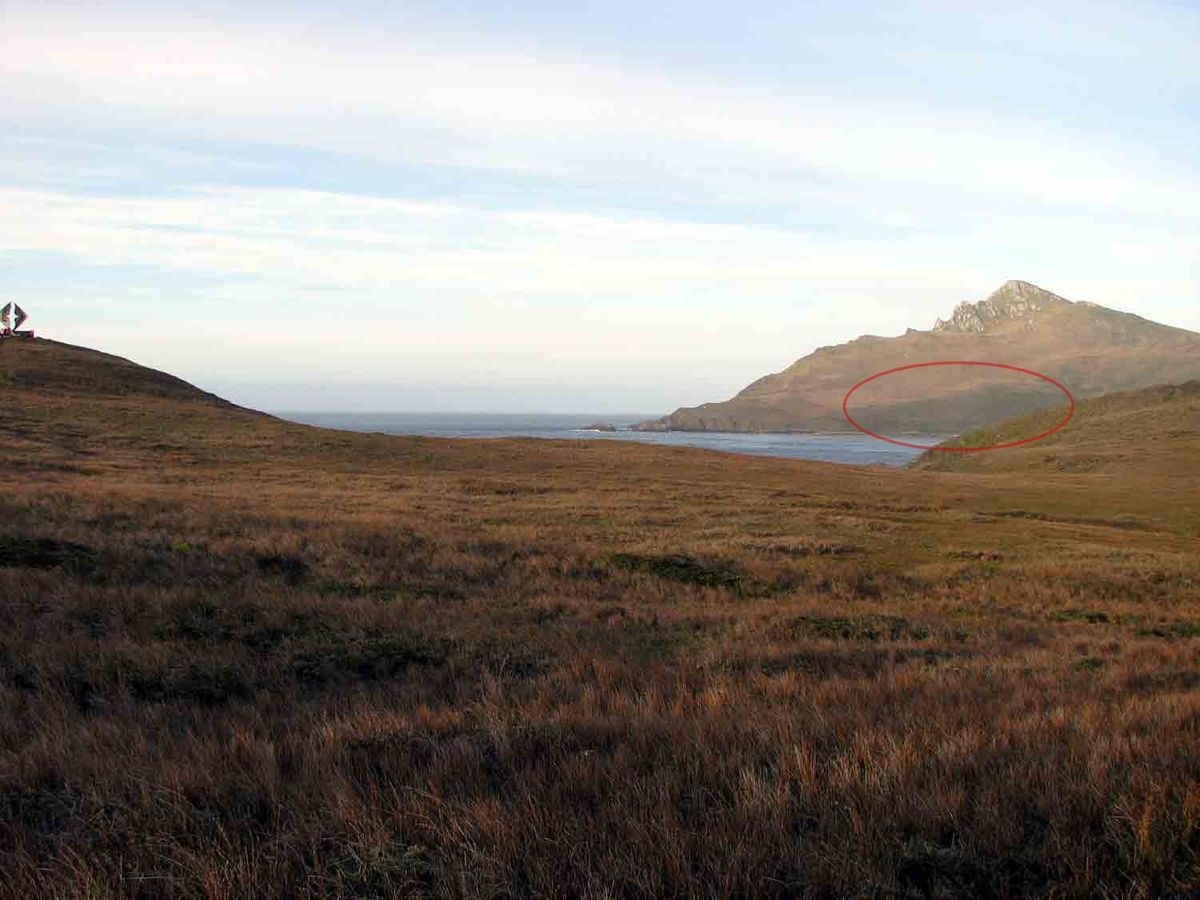
Yasuni Forest
Ecuador, Pastaza and Orellana
Possibly the most biodiverse area in the world. In this rainforest, the diversity of reptiles, amphibians, freshwater fishes, birds, mammals, and vascular plants (with 2,700 – 4,000 species of plants per hectare) reaches their maximum for Western Hemisphere and often – the world. Uncontacted tribes live in the forest. Endangered and affected by oil extraction.
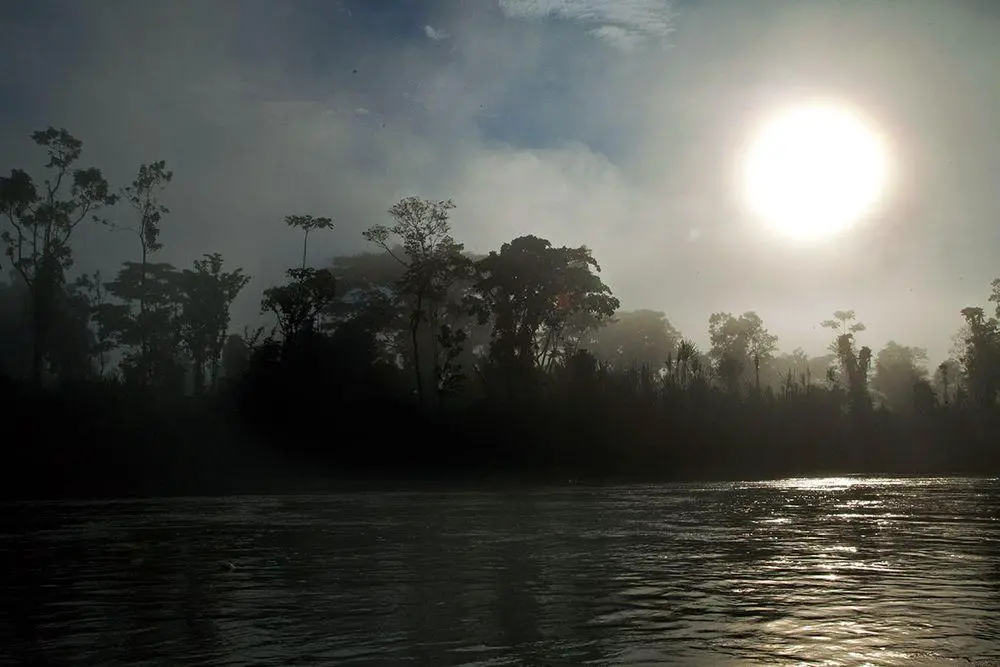
Yungay
Chile, Antofagasta
The driest place in the world without any signs of life. Only a few specific microorganisms – extremophiles – are present here. Some areas are rich with nitrates – easily soluble minerals that in other circumstances are consumed by organisms. Rich nitrate deposits have been formed there from atmospheric nitrogen, possibly by lightning.
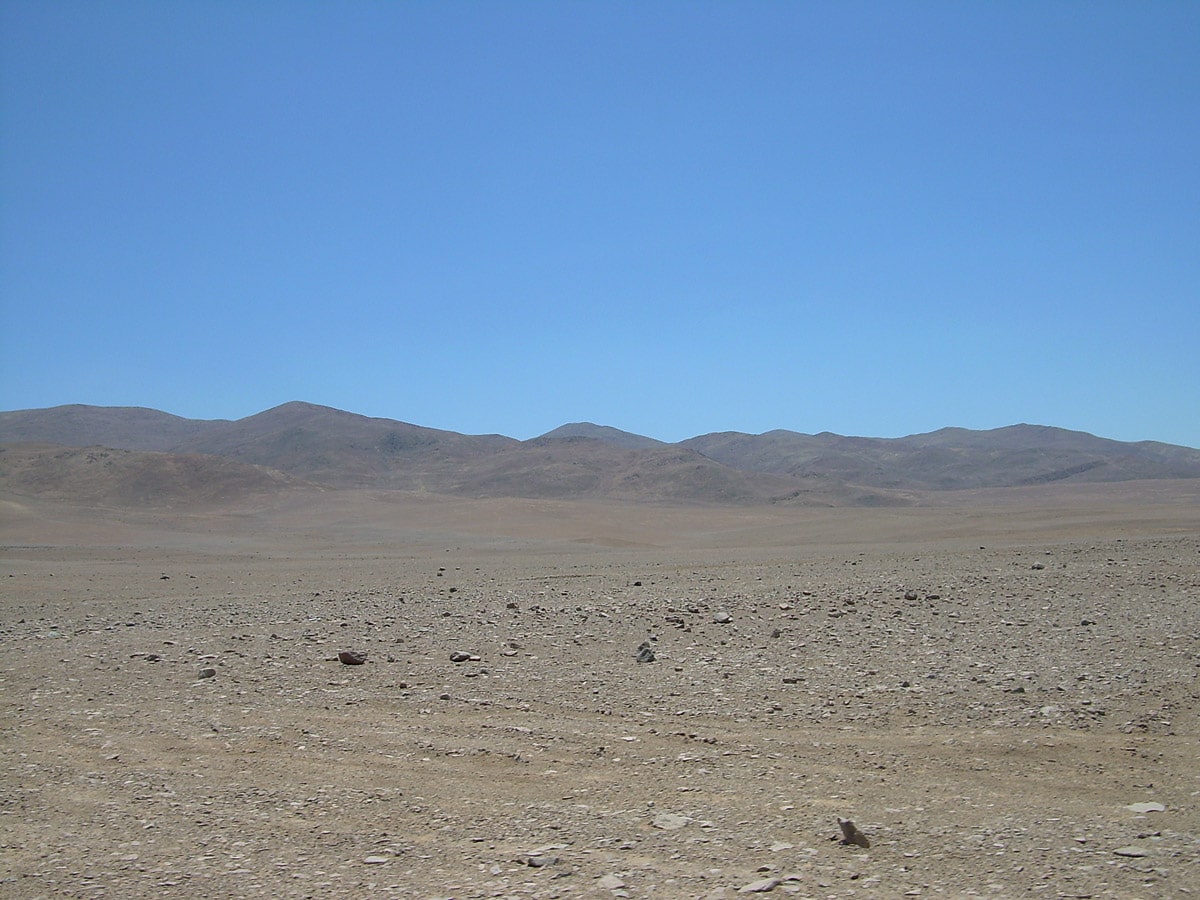
 Recommended books
Recommended books
The Story of Life in 25 Fossils: Tales of Intrepid Fossil Hunters and the Wonders of Evolution
Every fossil tells a story. Best-selling paleontology author Donald R. Prothero describes twenty-five famous, beautifully preserved fossils in a gripping scientific history of life on Earth. Recounting the adventures behind the discovery of these objects and fully interpreting their significance within the larger fossil record, Prothero creates a riveting history of life on our planet.
The Wonder Book of Plant Life
Fabre is one of the glories of the civilized world… one of the most profound admirations of my life. – Maurice Maeterlinck.

